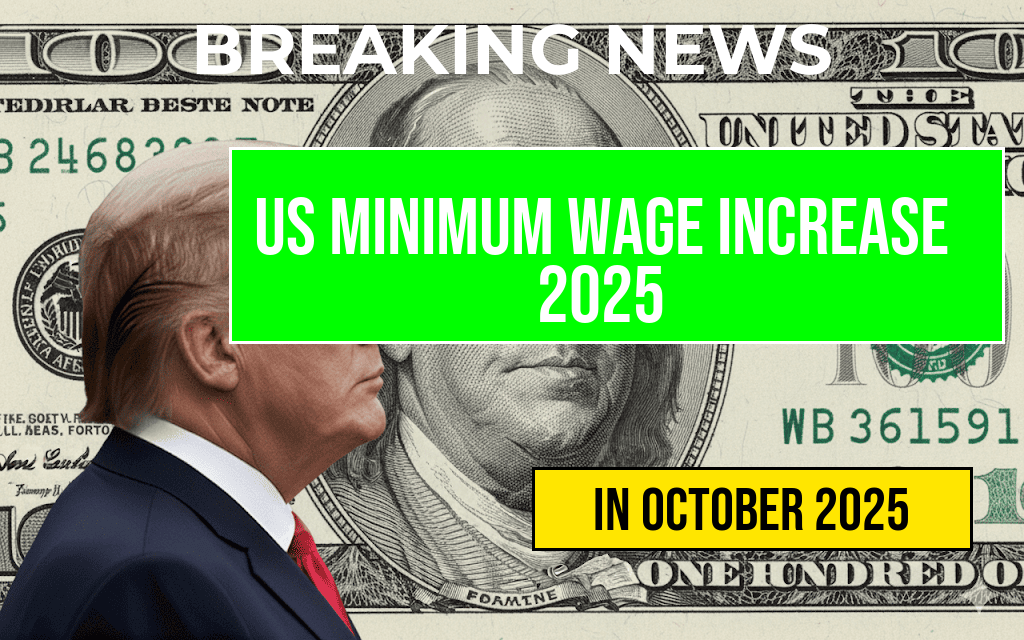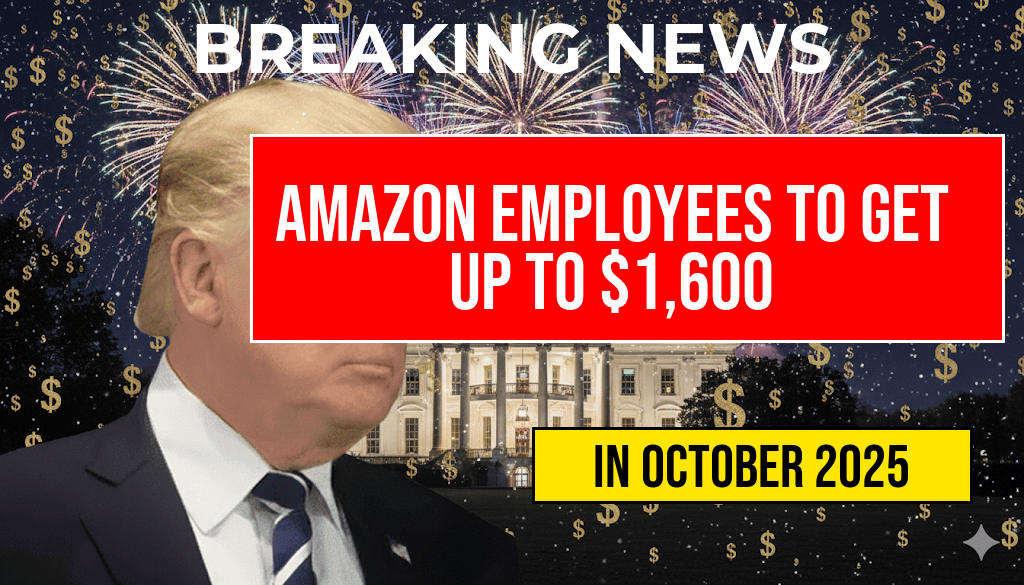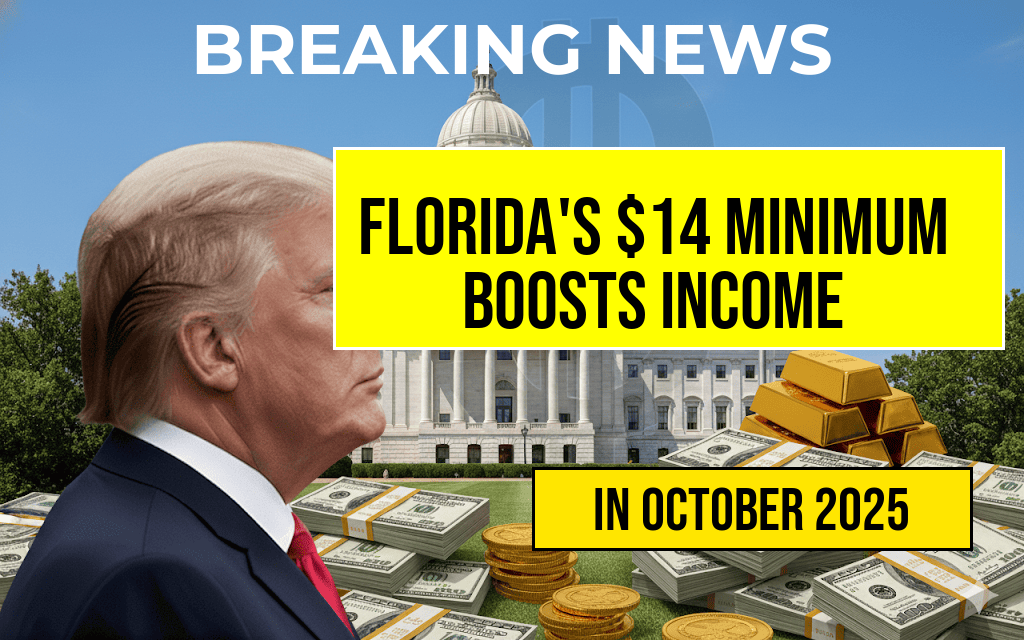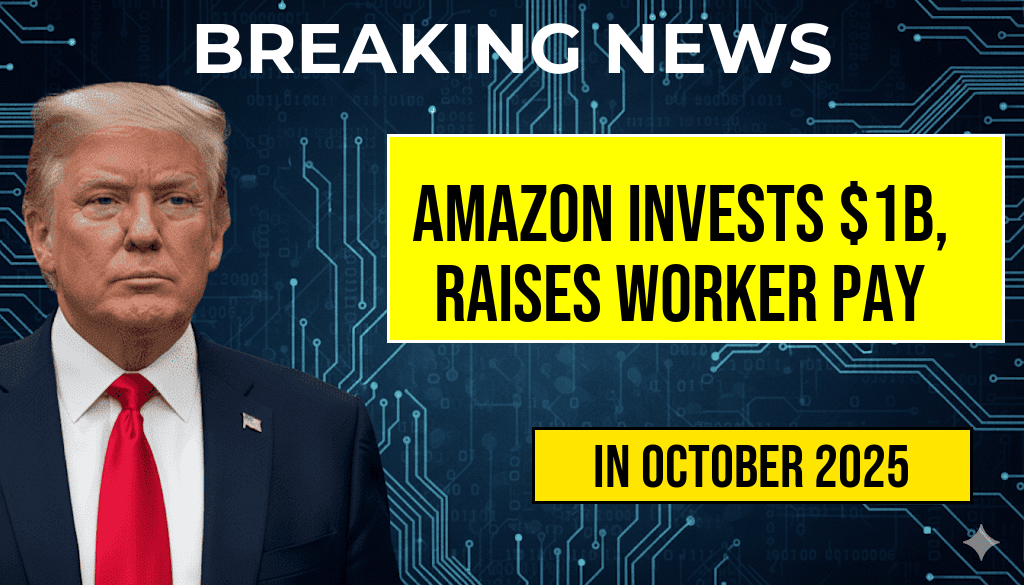Starting October 4, 2025, the United States will see an increase in the federal minimum wage, marking a significant shift for millions of workers across the country. The new hourly pay rate will rise to $15.00 per hour, up from the current $14.50. This adjustment follows ongoing debates about fair wages and economic growth, with some states and localities already setting higher minimums. The federal increase aims to ensure that low-wage workers can better meet rising living costs amid inflationary pressures. While the change primarily impacts employers nationwide, it also highlights the broader movement toward wage increases that many states and municipalities have adopted independently. As businesses prepare for this transition, discussions continue about its implications for employment, inflation, and economic equity.
Details of the 2025 Minimum Wage Increase
What the New Rate Means
| Year | Previous Rate | Updated Rate |
|---|---|---|
| 2024 | $14.50 | $15.00 |
| 2025 | $15.00 | $15.00 |
The federal minimum wage has been gradually increasing over recent years, with the 2025 adjustment marking the first time in several years that the rate has remained stable at this new level. This change is part of ongoing efforts to address wage stagnation and improve economic security for low-income workers.
States and Localities Setting Higher Minimums
While the federal government sets a baseline, many states and cities maintain minimum wages that surpass the federal level. For example, California’s minimum wage is scheduled to reach $16.00 per hour by 2025, while New York’s is set at $15.75 in New York City and other high-cost areas. These regional variations reflect differing economic conditions and cost-of-living indices across the country. Employers operating in multiple jurisdictions must stay informed about these distinctions to ensure compliance.
Impacts on Employers and Workers
Business Perspectives and Adjustments
Small and large businesses alike are preparing for the wage increase by adjusting payroll budgets and evaluating staffing strategies. Some companies view the rise as a necessary step toward supporting their workforce and reducing turnover, which can be costly. Others express concern about potential increases in labor costs and the possibility of reduced hiring or automation investments as a response to higher wages. The U.S. Chamber of Commerce has debated the overall impact, with some advocating for gradual implementation to mitigate economic shocks.
Worker Benefits and Economic Security
For low-income earners, the wage hike offers immediate financial relief and a boost to household stability. Studies indicate that increased minimum wages can lead to improved health outcomes, reduced poverty levels, and greater consumer spending, which in turn supports local economies. However, some analysts warn that higher wages might lead to reduced hours or job cuts in certain sectors, particularly in industries with tight profit margins.
Broader Policy Context and Future Outlook
Legislative and Political Landscape
The federal minimum wage increase reflects bipartisan recognition of the need to address income inequality, though opinions diverge on the pace and scope of future adjustments. Advocates argue that raising wages is essential for economic fairness, while opponents caution about potential inflationary effects. Discussions about indexing the minimum wage to inflation or implementing a regionalized approach are ongoing in Congress and state legislatures, aiming to balance growth with economic stability.
Economic Implications and Trends
Economists continue to analyze how minimum wage hikes influence employment levels, inflation rates, and overall economic growth. Data from previous increases suggest a nuanced picture: while some sectors experience slight employment dips, overall consumer spending tends to rise as workers have more disposable income. The 2025 increase is expected to be closely monitored for its short- and long-term effects, providing insights into the effectiveness of federal wage policies.
Resources and Further Reading
- Federal Minimum Wage – Wikipedia
- Forbes: Impact of 2025 Minimum Wage Increase
- U.S. Department of Labor – Minimum Wage Laws
Frequently Asked Questions
What is the new minimum wage rate effective October 4, 2024?
The U.S. minimum wage will increase to $15.00 per hour nationwide, effective October 4, 2024.
Which states or cities are affected by the 2025 minimum wage increase?
The minimum wage increase applies to various states and cities that have set their own minimum wage standards, with many aligning to the $15.00 per hour rate by 2025. Check local regulations for specific details.
How does this wage increase impact employers and employees?
The wage increase aims to improve employee earnings and support living standards. Employers may experience adjustments in payroll costs, and workers will benefit from higher hourly pay.
Are there any exceptions or special provisions related to the new minimum wage?
Yes, certain exceptions may apply, including tips, youth wages, and specific industry regulations. It’s important for employers and employees to review state and federal guidelines.
When will the 2025 minimum wage increase take effect?
The updated minimum wage rates will be effective starting October 4, 2024. Employers should ensure compliance with the new rates from this date forward.






